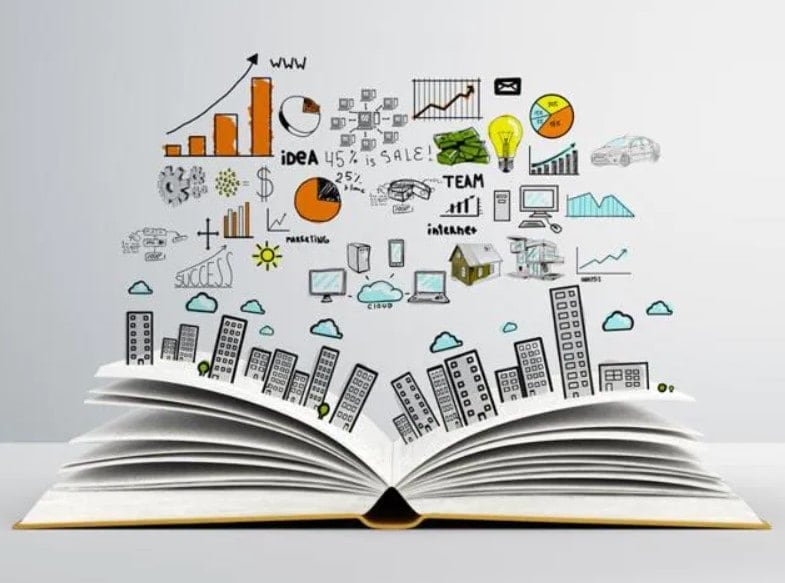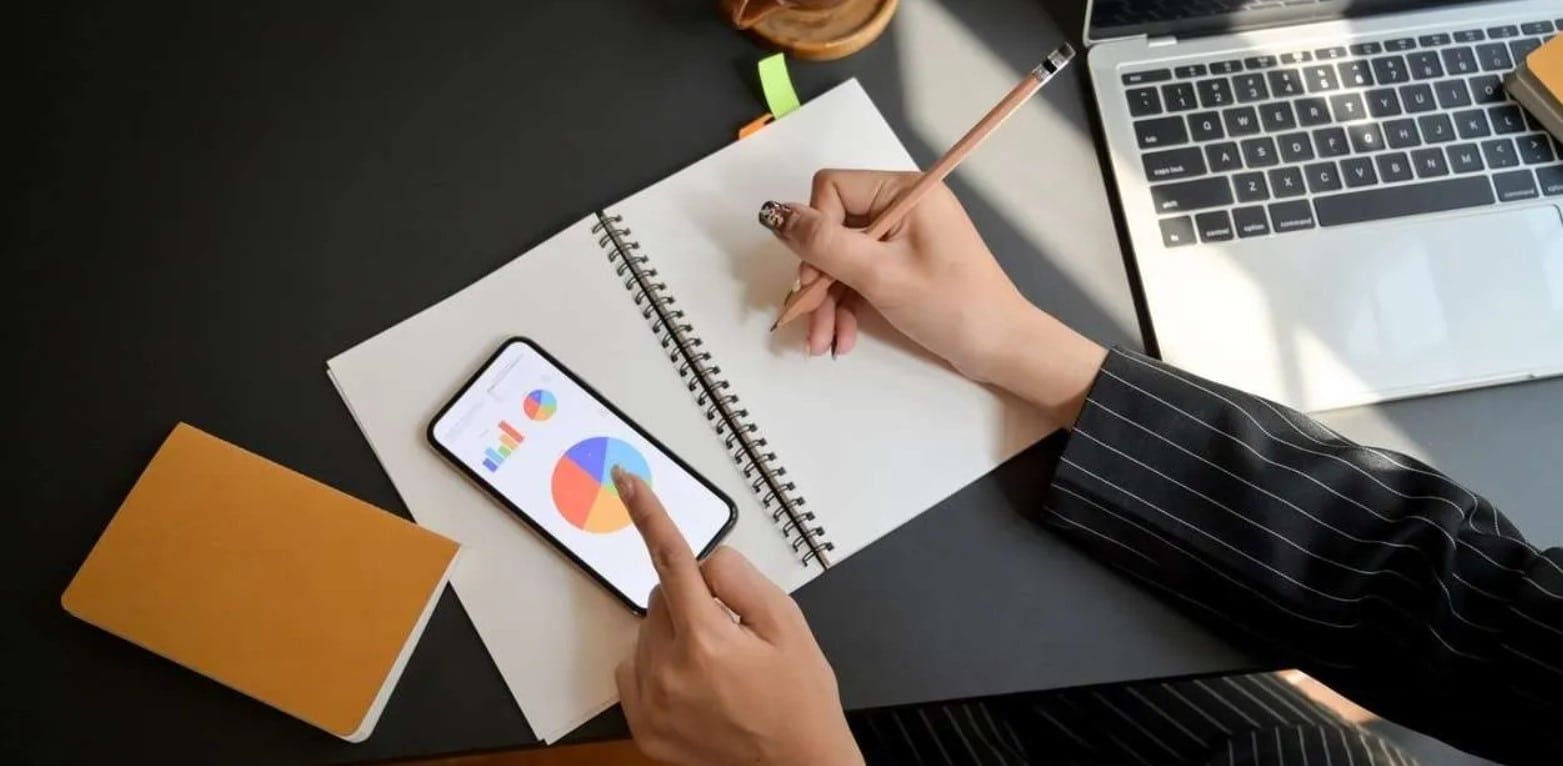According to a research paper published by the National Bureau of Economic Research last week, kids in high-poverty schools paid a lot more for virtual learning than their peers in low-poverty schools. This put vulnerable students even further behind than before the pandemic started. In this article, I have shared “Virtual Learning Puts Poor Children Even Further Behind”
The authors focused on the costs of virtual learning and warned that if the gaps were not filled, it could be very bad.
If achievement drops stay for good, the study says, “there will be huge effects on future earnings, racial equity, and income inequality, especially in places where remote instruction was common.”
In districts with more face-to-face education during the pandemic, the gaps were smaller, according to one major conclusion.
Thomas Kane, a Harvard professor of education and economics and one of the paper’s co-authors, stated, “One of the most important findings of our analysis was that remote instruction had vastly different effects in high- and low-poverty schools.”
It is unknown why students in low-income schools lost so much ground, but Kane believes it reflects differences in access to a home broadband connection, devices, and study space.

What LMS platform should you use? Find out in this article
Students from low-income households faced a double whammy: they stood to lose the most from virtual learning and spent, on average, more time studying remotely.
According to the study, high-poverty schools had 5.5 more weeks of distant instruction than schools with moderate and low levels of poverty. Additionally, students of color and Latinos were more willing to study online.
The article is certain to fuel the debate over whether or not it was a good idea to keep students out of school last year.
Many large-city districts, including those in Los Angeles and Washington, D.C., elected to be more cautious in the face of pandemic uncertainty by remaining closed until the second semester or operating in hybrid mode for the majority of the school year.
This was partly owing to the pressure exerted by teacher unions, which expressed concerns about returning to the classroom. Many families of color, whose regions were hardest struck by the virus, opted to keep their children at home, expressing higher safety concerns than White parents.
In certain instances, Republican governors in a number of states pressured school districts to reopen and put their money at risk.
In districts that stayed open during the epidemic, discrepancies between students from high- and low-poverty schools persisted but did not grow.
Inequality has long afflicted the nation’s public education system, as evidenced by disparities in the buildings where children learn, the number of books in the library, and the level of experience of the teachers in the classrooms.
Compounding and maintaining additional discrepancies, students of color and those from low-income households are more likely to attend schools with fewer resources than their more affluent White counterparts.
According to a survey produced by the Education Trust, an organization concerned with issues of educational equality, Black, Latino, and Native American children receive 13 percent less money than White students.
However, the pandemic has increased awareness of educational inequities and the sense of urgency to eliminate them. A year ago, the American Rescue Plan provided $190 billion for schools, with a substantial share of the funds going to institutions with high levels of poverty.
“The pandemic brought to light a long-standing issue: smart and eager Black and Latino students, as well as students from low-income neighborhoods, who desire and deserve excellent educational opportunities but are not receiving them,” stated Allison Socol of the Education Trust.

She feels that her piece and the pandemic will “ignite school leaders, governments, and the public to do what has been needed for a long time.”
She and Kane also emphasized the importance of schools devoting the American Rescue Plan windfall to proven academic interventions such as tutoring and school year extensions.
Despite the fact that only 20 percent of the budget is required to address learning loss, they believe school administrators should devote significantly more.
Kane stated, “I am particularly concerned that the catch-up strategies being established by districts are insufficient to compensate for these losses.”
Do you want the best LMS platform and get a 50% discount? To get discount coupons and save money, click here
Quick Links:




